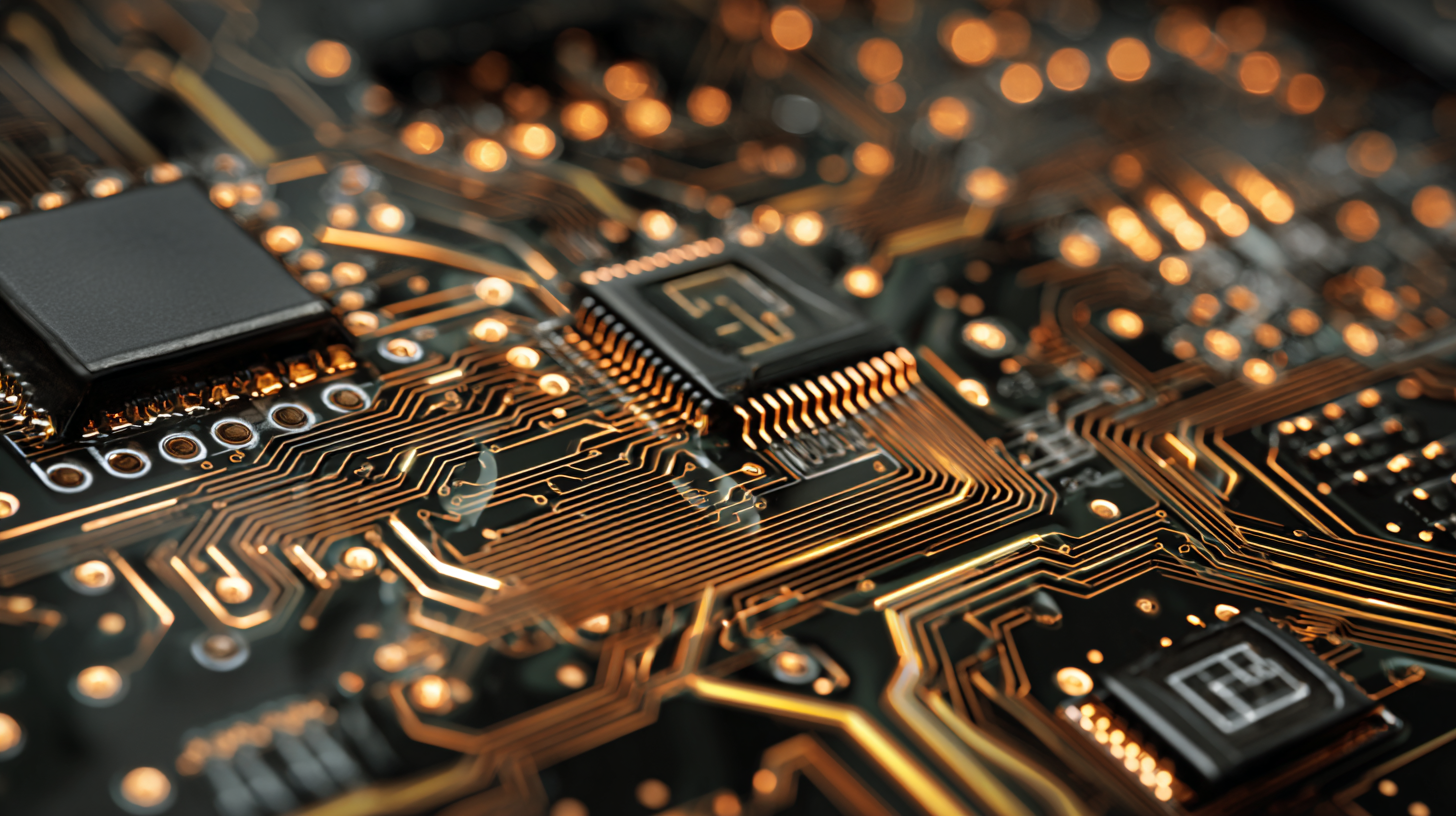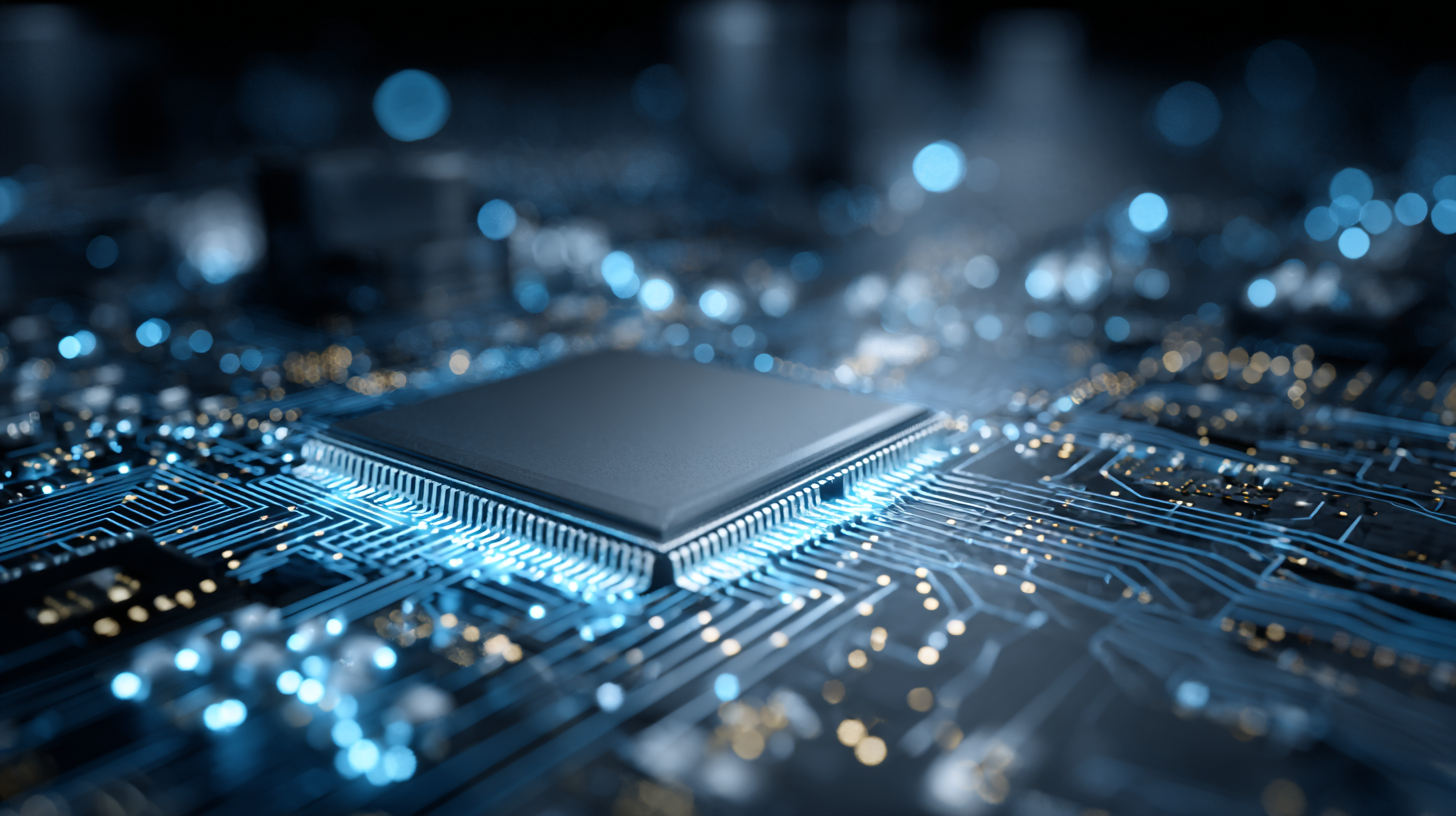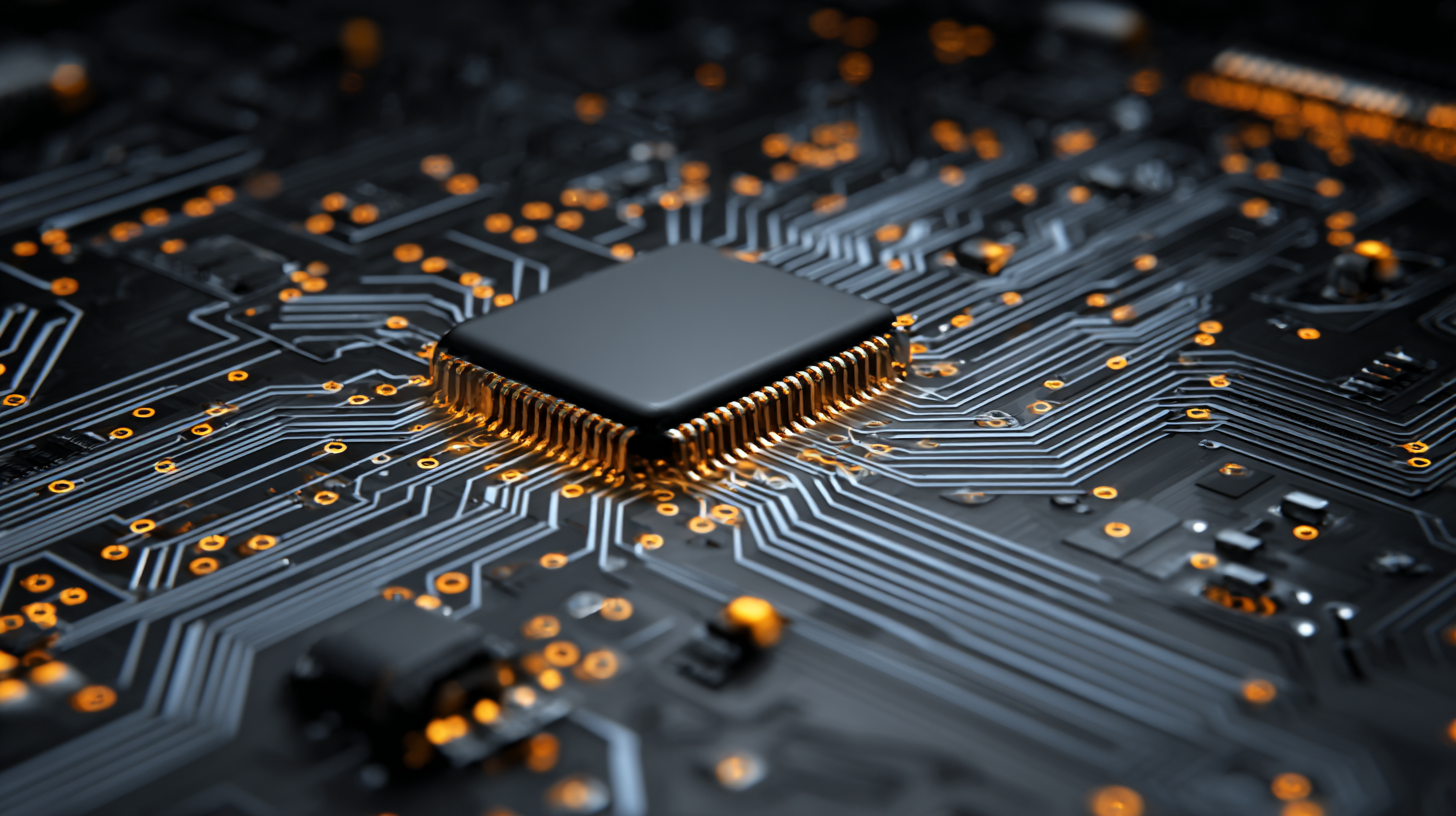Exploring the Advancements in Flexible Printed Circuit Board Technology for Modern Electronics
The rapid advancement of flexible printed circuit board (FPCB) technology is reshaping the landscape of modern electronics, driving innovation across various sectors. According to a report by Fortune Business Insights, the global flexible printed circuit boards market is projected to reach USD 25.10 billion by 2026, growing at a CAGR of 10.5% from 2019 to 2026. This surge is primarily attributed to the increasing demand for miniaturized electronic devices and the proliferation of IoT applications which require lightweight and compact solutions.
 FPCBs enable manufacturers to create more sophisticated and efficient electronic products, as they can be seamlessly integrated into tight spaces, offering unique design flexibility. With advancements in materials and production techniques, coupled with a growing emphasis on high-speed applications, the role of flexible printed circuit board technology has never been more critical in the evolution of consumer electronics, automotive systems, and wearable devices.
FPCBs enable manufacturers to create more sophisticated and efficient electronic products, as they can be seamlessly integrated into tight spaces, offering unique design flexibility. With advancements in materials and production techniques, coupled with a growing emphasis on high-speed applications, the role of flexible printed circuit board technology has never been more critical in the evolution of consumer electronics, automotive systems, and wearable devices.
Understanding the Fundamentals of Flexible Printed Circuit Boards (FPCBs)
Flexible Printed Circuit Boards (FPCBs) have become a cornerstone in modern electronics, offering a level of versatility and functionality that traditional circuit boards cannot match. The recent advancements in FPCB technology highlight their adaptability in various applications, particularly in emerging fields such as wearable devices and AI-powered glasses. As the demand for lightweight and compact electronic solutions rises, FPCBs are positioned to play a pivotal role in facilitating innovative designs and integration.
Moreover, companies are exploring ways to enhance the performance features of FPCBs. Innovations such as improved signal integrity for Bluetooth designs and new manufacturing techniques are setting the stage for even more efficient and environmentally friendly circuit boards. The integration of advanced materials, like laser-induced graphene, marks a significant leap in the capabilities of flexible circuits, allowing for on-demand manufacturing of complex structures. The industry's growth trajectory suggests that FPCBs will soon become integral to the development of sophisticated electronic systems as we continue to push the boundaries of technology.
Key Innovations Driving FPCB Technology Forward
The advancements in Flexible Printed Circuit Board (FPCB) technology are pivotal in driving modern electronics towards greater efficiency and innovation. Recent reports show that the global FPCB market is projected to reach USD 30 billion by 2026, growing at a CAGR of 10% from 2021 to 2026. Key innovations include the development of high-density interconnects (HDI), which allow for more intricate designs with minimal space, thus meeting the demands of compact electronic devices. These innovations are not merely technical enhancements; they represent a significant shift in how electronic systems are designed and integrated.
Furthermore, the push for sustainable manufacturing practices is influencing FPCB technology. As industries embrace environmentally friendly processes, companies are experimenting with biodegradable materials and eco-conscious production techniques. This aligns with global trends, such as those outlined by various technological innovation strategies, fostering an environment where electronics can be developed responsibly. Countries are investing in innovation hubs, leading to the emergence of new startups focused on FPCB applications that prioritize both performance and sustainability in the electronics sector.

Applications of Flexible Circuit Boards in Modern Electronics
Flexible printed circuit boards (FPCBs) have become essential in modern electronics, enabling the production of compact and lightweight devices. Their adaptability allows for integration into a variety of applications, ranging from smartphones and wearables to medical devices and automotive systems. The bendable nature of FPCBs helps manufacturers to save space and reduce weight while maintaining reliable performance, which is crucial in today’s competitive market.
Tips: When designing with FPCBs, always consider the specific environmental conditions your product will face. Factors such as temperature fluctuations and mechanical stress can impact the longevity of the circuit. Using proper materials and coatings can enhance durability and reliability.
In addition to consumer electronics, FPCBs play a vital role in industrial applications, where reliability is paramount. They are used in sensors, robotics, and control systems, facilitating advanced functionalities in machinery and automation. The trend towards miniaturization and increased functionality is pushing the boundaries of how FPCBs can be leveraged in modern technology.
Tips: Collaborating closely with manufacturers during the design phase can lead to optimized solutions tailored to your specific needs, ensuring the best performance of your flexible circuit boards. Always keep an eye on the latest innovations in materials and design techniques to stay ahead in the technology curve.

Challenges and Solutions in Flexible Circuit Board Manufacturing
The advancements in flexible printed circuit board (FPCB) technology are accompanied by various challenges in manufacturing that require innovative solutions. One of the primary hurdles is the need for sustainable materials and processes. New methodologies, such as advanced metal inkjet printing, are addressing the demand for environmentally friendly production techniques while enhancing efficiency and reducing waste. This evolution is critical as industries transition from traditional rigid circuit boards to more adaptable and lightweight solutions that cater to the growing needs of modern electronics.
Additionally, the complexity of integrating advanced features in flexible circuits poses challenges in both design and production. The ongoing development of bio-microsystem integration and lab-on-PCB technologies is pushing the boundaries of what flexible circuits can achieve, creating opportunities for applications in health monitoring and other fields. As the flexible PCB market is projected to expand significantly, these innovations are essential for overcoming the barriers of scalability and performance, making them vital for the future of electronics across various industries.
Future Trends and Prospective Developments in FPCB Technology
The Flexible Printed Circuit Board (FPCB) market is experiencing significant growth, driven by advancements in technology and the increasing demand for more compact and flexible electronic devices. Key segments such as rigid-flex circuits, multilayer circuits, double-sided circuits, and single-sided circuits are playing vital roles in this expansion. Each type offers unique benefits that cater to various applications, including automotive, consumer electronics, aerospace and defense, and medical sectors. As technology evolves, these applications are pushing the boundaries of traditional circuit design and manufacturing.
Looking ahead, the future of FPCB technology appears bright, with ongoing innovations promising to enhance performance and reliability. The trend towards miniaturization in electronics is driving the demand for high-density interconnections and lightweight solutions, areas where FPCBs excel. As industries continue to seek advanced solutions for complex electronic systems, the FPCB market is poised to surpass growth levels seen in traditional printed circuit board sectors, underlining its critical role in modern electronics.